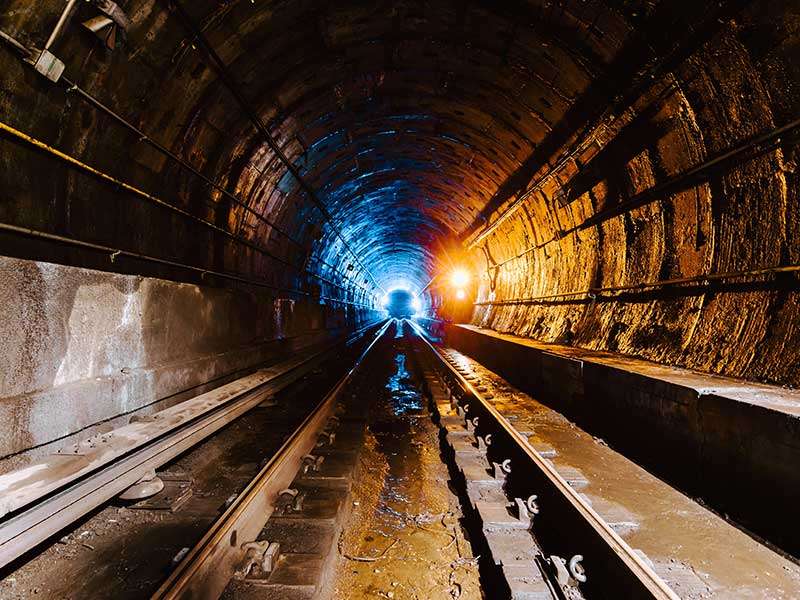The heavy equipment workshop is the lifeblood of industries such as construction, mining, and plantations. Behind the optimal function of every piece of heavy machinery lies a dedicated team working together to ensure peak performance. However, many are unaware of the complexities involved in the operations of a heavy equipment workshop.
Each section of the workshop handles a variety of tasks, all requiring specific expertise. Let’s delve deeper into the different roles within a heavy equipment workshop.

Understanding the Various Roles in a Heavy Equipment Workshop
In industries like construction, mining, and plantations, heavy machinery such as tractors, excavators, and bulldozers play a crucial role. These machines complete tasks much faster than human labor, resulting in more precise and high-quality outcomes. Furthermore, their efficiency and productivity ensure that projects stay on schedule.
That said, it is essential to maintain every piece of equipment regularly to ensure they remain in good working condition and last over the long term. Maintenance and repairs of these machines are typically carried out in a heavy equipment workshop. Here, specialized teams attend to the technical needs of each piece of machinery. Below are some of the key roles within a heavy equipment workshop.
1. Heavy Equipment Mechanics Team
The mechanics team is central to any heavy equipment workshop, playing a vital role in maintaining, repairing, and servicing the machinery. Their focus is often on the internal systems, including:
- Diagnosing issues with engines and other mechanical components.
- Replacing worn or damaged parts.
- Performing routine maintenance, such as oil changes, filter replacements, and cleaning engine systems of debris.
- Addressing problems related to transmission, drive systems, diesel engines, cooling systems, and other elements.
- Modifying machinery according to customer needs or job specifications.
2. Hydraulic Technicians Team
In the construction industry, many heavy machines rely on hydraulic systems, such as excavators, bulldozers, and forklifts. Hydraulic systems allow these machines to lift and move heavy loads with ease, reducing the risk of damage or injury.
Large workshops often have hydraulic technicians who specialize in maintaining and repairing these systems. Their responsibilities include:
- Performing routine maintenance on hydraulic systems, including cleaning pumps, cylinders, and surrounding components.
- Identifying and fixing leaks within the hydraulic system.
- Adjusting hydraulic pressure according to the specific requirements of each project.
3. Electrical Technicians Team
Next, we have the electrical technicians, who are responsible for ensuring the electrical systems of heavy machinery function optimally. Their primary tasks include:
- Maintaining the electrical systems of heavy equipment, including alternators, starters, and ignition systems.
- Repairing electrical faults to prevent short circuits and other issues.
- Safely installing additional electrical equipment on machinery as needed.
4. Welder Team
Welding is another crucial task in a heavy equipment workshop. Welders are responsible for joining, repairing, and reinforcing metal components of the machinery. Their key activities include:
- Inspecting and preparing the work area for welding.
- Setting up welding machines and selecting appropriate materials.
- Welding damaged or weakened parts of the machinery.
- Finishing the job with sanding and cleaning the welded areas.
Welders often collaborate with machinists in the workshop, especially when fabricating components that may not be readily available on the market. They also perform surface treatments on machine parts to prevent corrosion.
5. Operational Support Team
In addition to the core roles mentioned, there are several support functions vital to the operation of a heavy equipment workshop. These include administrative staff who handle documentation, such as work orders, repair notes, and job reports.
There is also a warehouse team responsible for managing the inventory of spare parts and tools in the workshop, as well as maintenance staff who keep the workshop environment tidy, comfortable, and safe.
This comprehensive overview highlights the various roles within a heavy equipment workshop, showcasing the diverse expertise and contributions that each team brings to the table. Hopefully, this gives you a better understanding of the critical yet often overlooked work that keeps these industries running smoothly.


